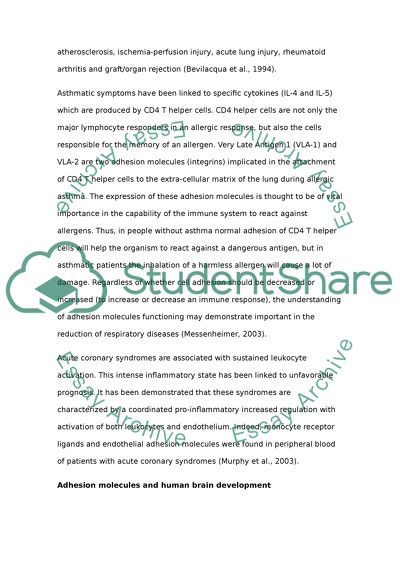Discuss the importance of adhesion molecules in health and disease Essay. Retrieved from https://studentshare.org/health-sciences-medicine/1594962-discuss-the-importance-of-adhesion-molecules-in-health-and-disease
Discuss the Importance of Adhesion Molecules in Health and Disease Essay. https://studentshare.org/health-sciences-medicine/1594962-discuss-the-importance-of-adhesion-molecules-in-health-and-disease.


